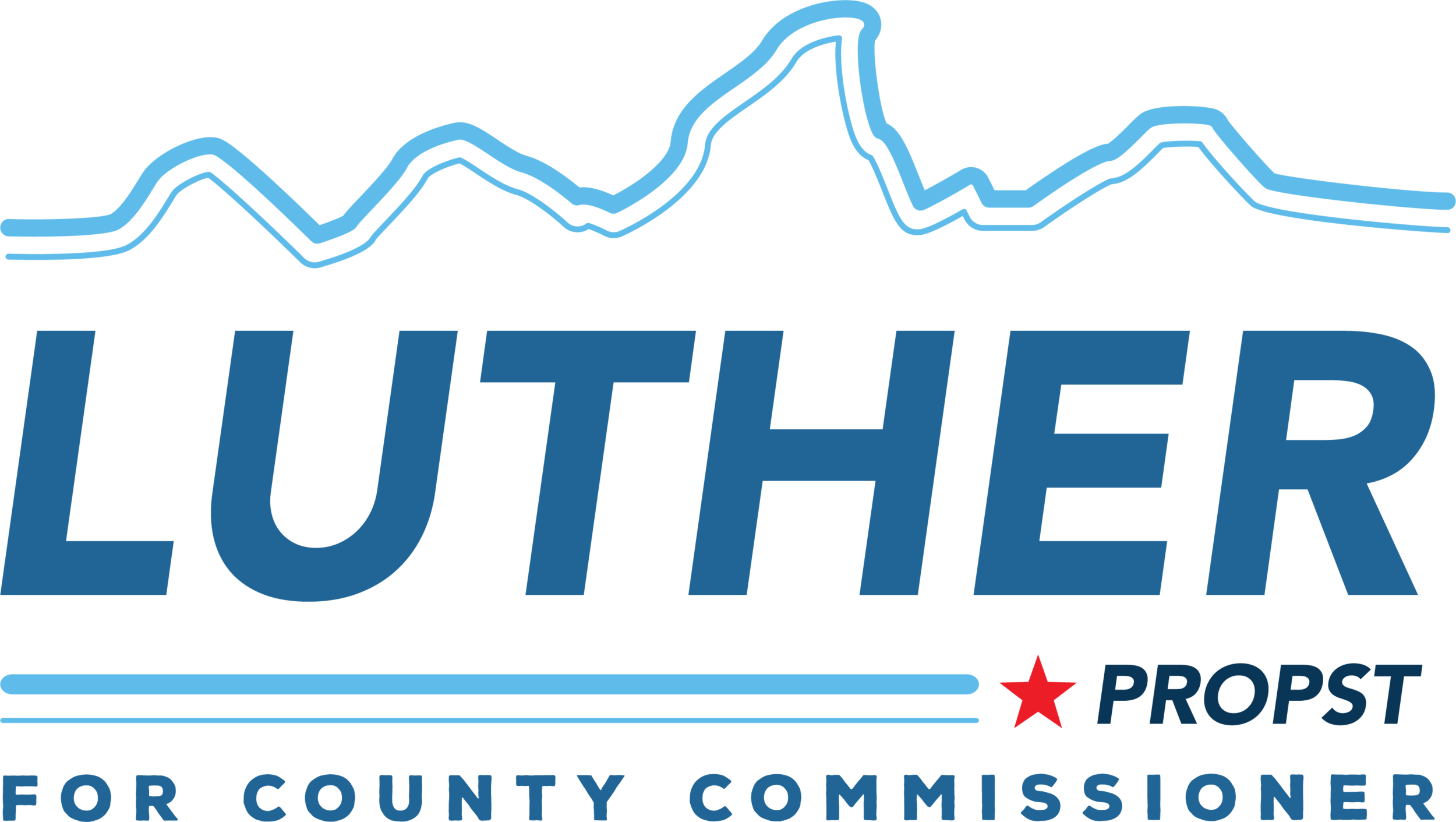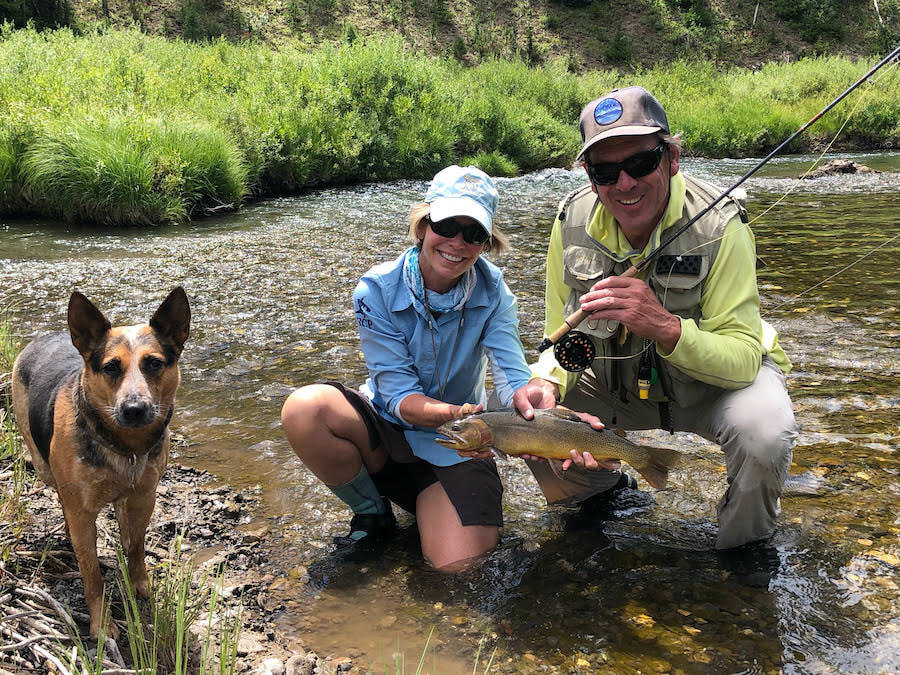Time for Action to Protect and Restore Water Quality
Credit: Dan Heilig.
All is not well with the quality of Teton County’s ground and surface water.
Here’s a thoughtful editorial from a recent Jackson Hole News & Guide that represents the increasing local recognition that we have a water quality problem.
The Wyoming Department of Environmental Quality has recently designated two of our prized local streams – Flat Creek and Fish Creek – as impaired due to excessive and unsafe concentrations of E. coli, harmful bacteria found in domestic wastewater.
In response, the Teton County Health Department has posted signs advising the public to avoid swimming and floating in the contaminated segments of these streams. This public advisory sidesteps the underlying sources of the water pollution, which include thousands of septic systems located in low-lying areas of the county with gravel soils and shallow water tables.
Further south, drinking water in the Hoback Junction area contains nitrate levels that exceed the U.S. Environmental Protection Agency’s maximum contaminant level, requiring residents to either treat their water or purchase bottled water.
The nitrate levels found in Hoback’s groundwater violate state water quality standards for residential use, yet the likely sources of the nitrate contamination – residential and commercial septic systems – continue to operate as usual.
Hoback residents are considering whether to establish a local water district – necessary to secure state funding for a new community well – but may not have the necessary votes, leaving the outcome, and safety of area residents, uncertain.
At the same time, other areas of our county are experiencing increasing levels of nitrates, creating the unfortunate prospect of scenarios similar to Hoback.
It’s past time to address these troubling conditions. Our community needs to:
Articulate a vision for protecting and restoring water quality.
Develop a specific, actionable plan to realize this vision for clean water throughout Teton County.
Ensure the staffing and funding to execute this water quality plan.
In this year’s budget (which began July 1), the county made three special investments in water quality. While these steps lack a comprehensive vision or framework, and much remains to be done, they move the community in the right direction:
Wetlands restoration at the town’s wastewater treatment plant to further clean and purify treated wastewater ($100,000)
In partnership with Protect Our Water Jackson Hole and Teton Conservation District, funds to launch a comprehensive valley-wide wastewater management plan ($31,000 in county funds plus $250,000 from POW/JH)
Seed funds to catalyze creation of a special water district in the Hoback Nation to establish the governing structure to provide quality drinking water in the area ($5,000)
Catching and releasing the denizens of Teton County’s clean, cold-water fisheries.
Catching and releasing the denizens of Teton County’s clean, cold-water fisheries. (Credit: Miles Cottom.)
1. Articulate a Vision for Protecting and Restoring Water Quality
Moving forward, Teton County and the Town of Jackson are updating our joint Comprehensive Plan.
The current plan, adopted in 2012, is surprisingly short on describing the community’s vision for protecting and restoring our water quality. This stands in stark contrast with our very first comprehensive land use plan, adopted in 1978, which was built around a 134-page Water Quality Program that contained special regulations to protect ground and surface water quality.
The 2020 Comp Plan update should better describe our vision for protecting and restoring the quality of our rivers and streams, wetlands and, most importantly, ground water: the community’s sole source of drinking water.
Following adoption of a goal to protect and restore water quality in the Comp Plan update, the community has several opportunities to protect and restore water quality.
2. Develop and Implement a Water Quality Action Plan
This plan should develop tasks, assign lead responsibility, identify funding sources, and set timelines for a range of projects and policies to improve and protect our water quality:
Prepare source water assessments and protection plans for the county’s 114 public water systems (currently only three public water systems have source water protection plans and only 44 have source water assessments).
Develop Land Development Regulations to protect the Snake River Sole Source Aquifer, the valley’s only source of drinking water.
Complete and adopt regulations to better manage the county’s small wastewater facilities.
Develop and carry out a valley-wide comprehensive plan to better manage our wastewater and protect drinking water from wastewater contamination.
3. Hire a Water Quality Expert to Coordinate Local Action
At present, the county does not have staff dedicated solely to overseeing protection and management of our surface and ground waters, or to coordinating action among the several agencies involved in water quality.
Given the critical importance of clean water to our public health, economy, and quality of life, Teton County (ideally in partnership with the Town of Jackson and Teton Conservation District) should establish a Department of Conservation & Environmental Quality, including a staff position to realize and coordinate our community’s vision for protecting and restoring water quality.
Let’s work together to ensure restoration and protection of our county’s water quality. Swimmable, fishable streams and clean drinking water can no longer be taken for granted.
This issue requires clear vision, specific actions, dedicated professionals, cooperation among many folks, and sufficient long-term funding.


